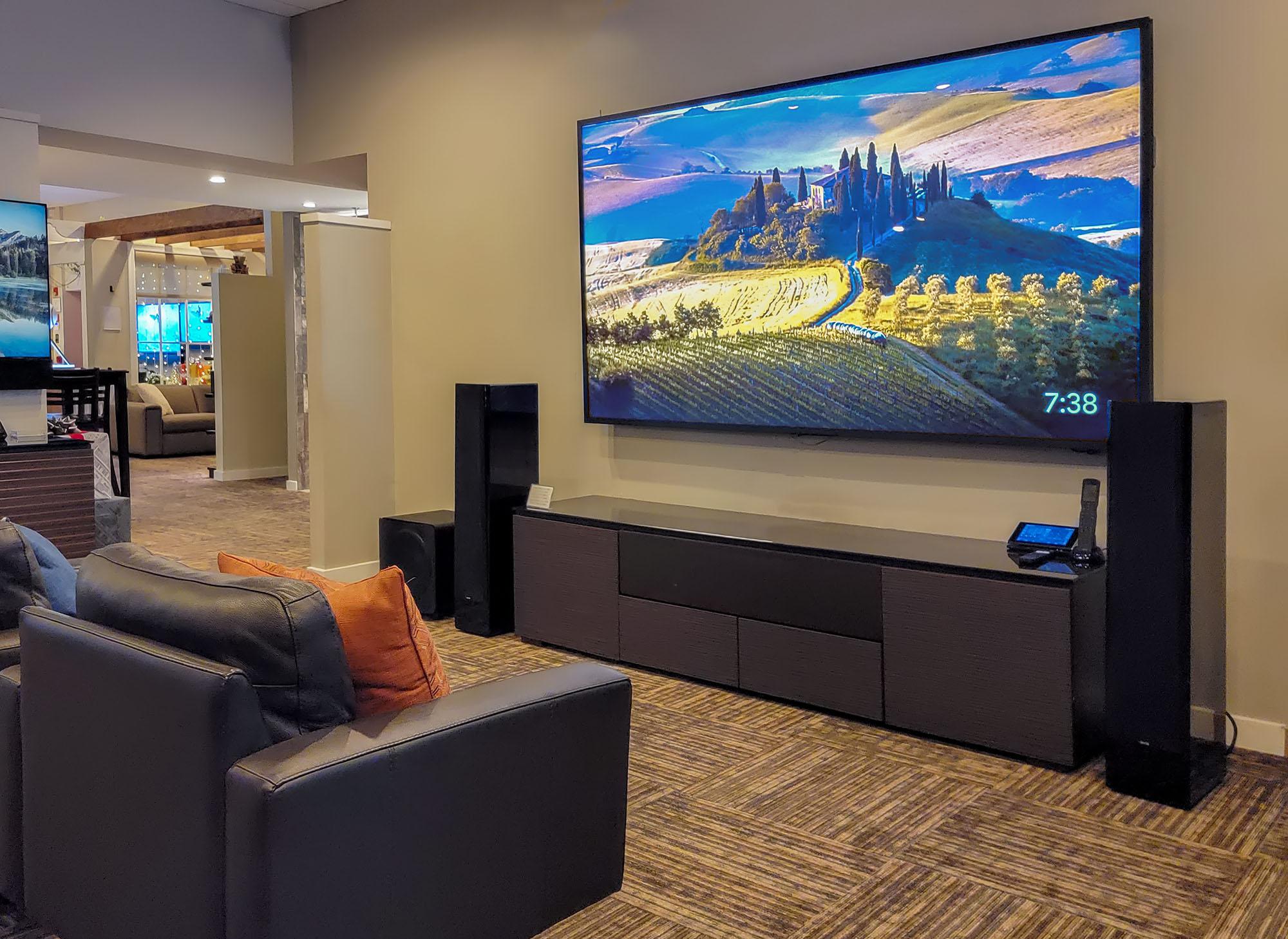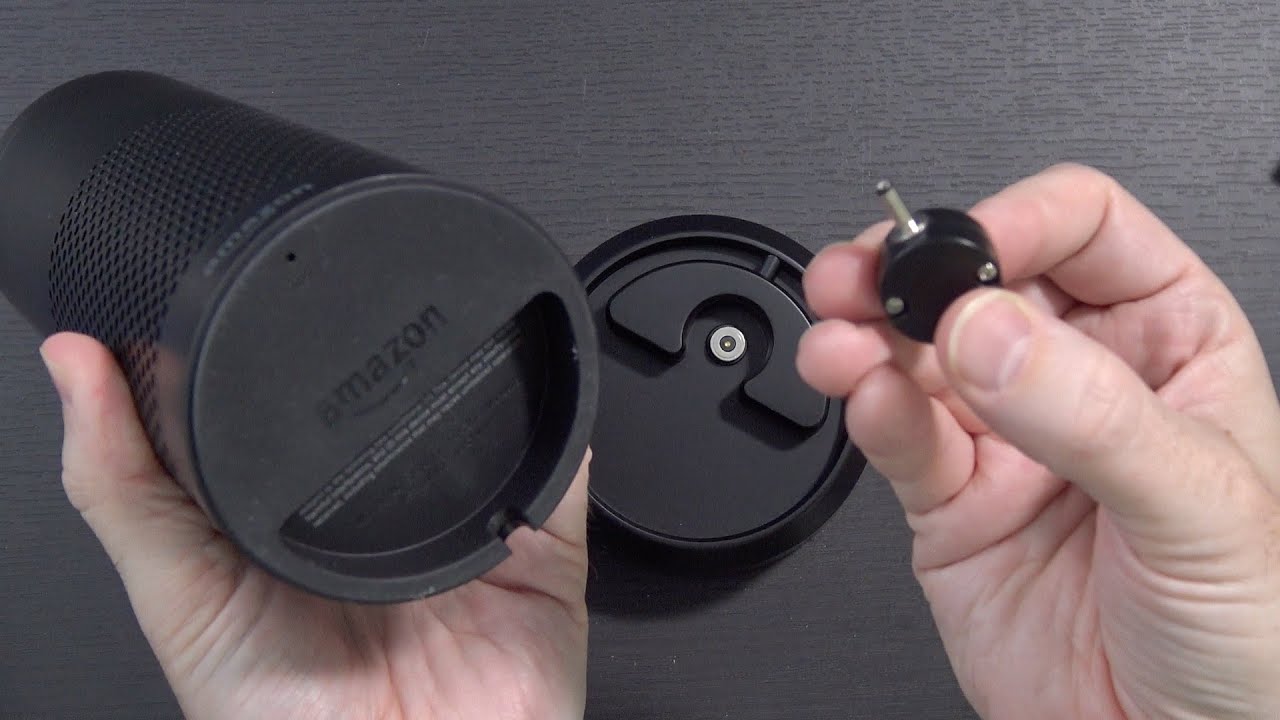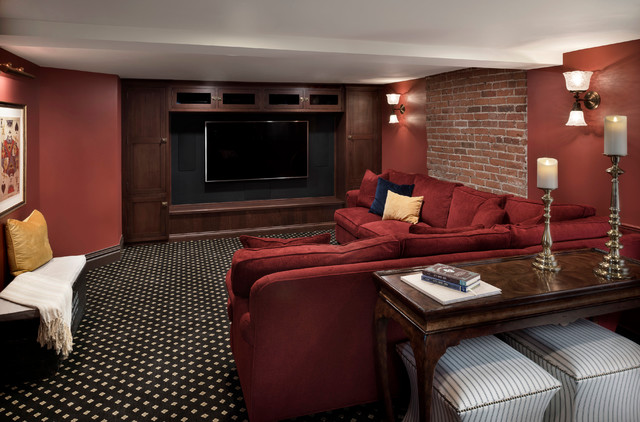
One of the most important decisions when selecting the right home theatre equipment for you entertainment needs is whether to choose a projector over a TV. Both can be great for viewing television and movies, but each one has its strengths and weaknesses.
If you're looking for a large screen home theatre experience, you may want to consider investing in a projector. These projectors are typically larger than traditional TVs and can produce images up to 120 inches. This is a huge advantage over a TV, which will only be able to provide images up to 80-inches in size.
Projectors can also be adjusted to fit into different rooms, making them a great choice for multi-purpose spaces. The screen can be positioned at the best angle for your viewing requirements, or it can be motorized to lower and lift the screen to meet the needs of your audience.

A projector offers more color options than many TVs, and allows you to adjust the screen size. This allows you to have a natural-looking experience while watching your favorite movies or shows.
Another difference between a television and a projector is their ability deliver HDR content. HDR allows for greater color and contrast than traditional video. HDR is a great technology, but many projectors won't be able to display it in its fullest.
A model should support HDR content. Without this feature, your TV and movies will appear washed out.
You should also make sure that your projector can display 4K content. Both projectors as well as 4K TVs have become much more affordable than they used to be a few years back.

When deciding which home theater equipment you want to buy, the most important factor is how bright your room is. This is important because projectors are typically much dimmer than TVs, and they need to be placed in a dark room for optimum picture quality.
It is also essential that you have adequate ventilation for your projector unit to ensure that it can pull in cool air and expel hot air. You could endanger your projector's performance by not providing adequate ventilation.
If you're unsure which entertainment device is best for you, it's a good idea consult a professional. They can give you expert advice and help maximize your home theatre investment.
FAQ
Can I use my portable speaker as a substitute for a home theatre system?
Portable speakers are great for outdoor and party events. They can be used to entertain your guests at home.
However, they are not as high-quality as dedicated home theater systems. The quality of portable speakers is often poor.
Make sure your speakers have waterproofing if you intend to use your portable speakers outdoors. You could end up with water damage.
What is the best way to connect my home theater with the internet?
It's clear that the internet has transformed modern life. It allows us to communicate with one another, shop online for products, watch videos, play video games, and read books.
Many people think that the internet is an essential part of our lives.
If you intend to connect your house theater to the internet, you will need a router. A router lets you connect multiple devices to one internet connection.
You can use your router as an extension cord to your computer or smartphone, tablet, gaming console, smartwatch, or other device.
To extend your WiFi signal coverage, you can use a router. You don't have to worry if you have weak connections in particular areas of the house.
Routers are generally very affordable. There are many streaming services available for routers, including Netflix, Hulu. YouTube, Amazon Prime Video and HBO GO.
If you're already a homeowner and have a router, the majority of routers that are available today will work in conjunction with your home theater.
Make sure your router supports HDMI 2.0a, also known as High-Definition Multimedia Interface. This standard supports high-resolution content such as Blu-Ray discs, Ultra HD Blu-ray discs, 4K UHDTVs, HDR TVs, etc.
Most routers these days support this standard. You can verify that your router supports HDMI 2.0 by reviewing the specifications sheet.
Also, check to see if your router supports Ethernet Over Power. If it supports Ethernet over power, your TV can be connected directly to the router with ethernet cable instead of using a wireless connection.
This could help boost the speed of your signal.
You might have to limit your internet speed if you are in a small apartment with limited wifi access.
If you're interested in a router that lets you stream media from services like Netflix, you'll probably want to go with something that supports HDMI 2.0.
What surround sound is better, 5.1, or 7.1?
Listening to music on stereo speakers is the best way of experiencing it. If you want to experience the full power of your favorite movie soundtracks, however, you should invest in an audio system which provides as much detail, clarity, and quality as possible.
Surround Sound systems 5.1 are better at providing a wide range of sounds, while systems 7.1 offer more channels and can cover a wider area.
You should invest in a premium surround sound system for your home theater. These systems are more expensive than 5.1 systems, but they have better sound quality.
However, if you're not willing to spend extra money, you'll probably get the same sound level from 5.1 systems. The main difference is that the additional speakers will not provide the same detail as the 5.1 systems.
How can I select the right size speaker?
You should first consider how much space your home has. Do you want to fill every corner of your home with speakers? Are you looking to put speakers in every corner?
You should also consider what kind of music that you will be listening to. Smaller speakers may be necessary if classical music is your preference. If you are a fan of rock 'n' rolling, larger speakers might be necessary.
Finally, consider whether you want all your speakers to be wired or wireless. Wired speakers use wires to transfer power and signals. Wireless speakers don't require cables. They are however, not as powerful or as reliable as wired models.
How do I get started building my own custom home theater?
There are many ways to build custom home theaters. Another way is to use equipment already on the market from different manufacturers. You can also build it yourself. In either case, you will need a few basic tools.
You will need to have a drill, saws and screwdrivers. A good workbench is also a must-have to ensure that you aren't constantly moving around your house when working.
Pre-built components will be required if you want to use them. You'll need a satellite dish, a TV tuner card and cable box. A computer running Windows 7 and later, as well as an HDMI cable, are required.
A fully assembled unit is another option. It's possible to save more money but not have all the customization options you would if you made it yourself.
Once everything is arranged, you need to install the components. For example, you'll need to attach the satellite dish to the roof of your house. Next, mount the TV screen in your living room. Finally, you'll connect your speakers to the wall near the back of your room.
Is JBL just as good as Bose
As I mentioned earlier, we have been programmed to believe that a high-quality sound system will be the best. If you're looking for great sound quality at an affordable price, headphones are the best choice.
JBL makes a lot noise about how much better their speakers sound than any other brand, but it's not as good as I would like. Best Buy will let you hear the difference between a $50 speaker and a $1000 one.
The $2000 set sounds better because it has more power, producing louder volume levels. The problem is that the highs and mids aren't nearly as crisp as the $50 set.
JBL is sure to argue that JBL's speakers produce more volume and therefore are stronger. Comparing them side-by side, you'll see that the $50 set has a better bass response.
What happens is that the $50 set uses cheaper materials to create its speakers. Low frequencies are therefore more smooth and forgiving than the $2000 model. This allows the $50 set produce lower volumes without compromising sound clarity.
This $50 set could fool your ears into believing it's twice the price.
Another reason the $50 set sounds more appealing than the $2000 is its cost. You can buy multiple pairs to experiment with different styles of music and purchase more.
This allows you find the music that suits you most. You might find that classical music is not what you like.
The $50 set is great for hip-hop fans. It's like having a personal DJ in your home.
You can check out the $50 models at Best Buy next time that you are in there and discover what kind of music they like. Then you can start saving up for a real stereo system.
Statistics
- free shipping Samsung Promo Code Take 45% off with a Samsung promo code during Black Friday (wired.com)
- According to a study released In March 2020, the six biggest tech development companies, Proceedings of the National Academy of Sciences of the United States of America (en.wikipedia.org)
- According to Henriques, the sound system has also played an influential role in the global influence of Jamaican music internationally. (en.wikipedia.org)
- Amazon is likely to release new models very soon (there is an event on September 28), so you should wait until that event is over to buy. (wired.com)
- Off - All H&R Block Tax Software Finish Line Coupons Finish Line Coupon: 40% off select styles Dyson promo code (wired.com)
External Links
How To
Which is the No 1 sound system?
One way to best describe the emotions we experience when listening to music is to imagine that our soul is removed and placed within a space free of noise. We are one with the music.
It's not enough to have speakers and a subwoofer. It all comes down to how the audio is delivered. Without a powerful amplifier, a speaker with great bass will be useless.
Even inexpensive speakers can sound amazing with an amp. A bad amp can cause damage to expensive equipment. We recommend purchasing a preamp to enhance your home theater.
Today, almost all sound systems have a built-in preamp. While they provide decent performance and power, these systems often lack the ability to deliver powerful bass. So if you plan to play loud music while watching movies, you may wish for better sound.
You won't be disappointed with a dedicated preamp. These preamps can handle large volumes of audio and deliver them clearly.
They have automatic volume controls that adjust according to the source material. This allows for you to lower the volume during quiet scenes, and increase it as the action heats.
Preamps come with equalizers which can correct any signal problems. For example, if the bass levels are too low, the equalizer will boost those frequencies.
This helps give your speakers the ability to reproduce sounds accurately. If your speakers aren’t producing bass properly, then so are you.
There are two main types, active and passive, of preamps. Batteries that can run continuously are required for active units. Passive devices draw very little current, and so don't drain batteries.
However, passive units produce lower output levels and poorer sound quality. Because they require separate amplifiers to work, they also tend to be more expensive.
Preamps can be wired to your speakers in most cases. If desired, you can attach them to your speakers using RCA cables.
You should upgrade your preamp if you are looking to upgrade an existing system. It is possible to make a big difference between a preamp that is good and great.
Some preamps come with an integrated tuner or CD player. Some preamps offer surround processing. Some even include digital inputs for connecting your iPod or other MP3 players.
Consider both the size and cost of your preamp when you shop for one. The channel price should not exceed $100
We can't stress this enough - you must buy the right preamp for your needs.